Share This
In tiny Addison, MI (population 596), Brad and Diane Smith own and operate a 2,300-acre, seventh-generation crop farm where they grow corn, soybeans and wheat. But when corn prices slumped to $3.50/bushel a few years ago, they knew it was time to diversify their crops. A family friend from Ethiopia suggested that they might try growing teff and the Smiths immediately jumped at the chance to try something new.
The word “teff” is derived from the Amharic word, yätäfä, meaning “lost” – likely a reference to the grain’s tiny, sand-like size. The cultivation of teff is believed to have begun between 4,000-1,000 B.C.E. in Ethiopia and Eritrea, and today it remains the primary cereal crop in that region serving as the base of the spongy, sourdough bread, injera, a staple of Ethiopian cuisine. Just one handful of miniature teff seeds is enough to plant an acre. It can grow from sea level to as high as 3000 meters of altitude and can withstand both droughts and waterlogged soil conditions, making it impressively versatile and resilient.
In 2015 the Smiths decided to plant 33 acres of teff for the first time. Their daughter, Claire, quit her job in Canada and moved back home to help launch the business; she would run marketing and sales, while her dad tended to the fields. In a nod toward Claire’s passion for ancient history and the Classics, they named their new teff company Tenera Grains, which means “tender” in Latin. The creation of their new business was an opportunity to react and adjust to unfavorable, unsustainable economic conditions in commodities markets and carve a new path for themselves.
Toto, We’re Not in Ethiopia Anymore
Planting a new crop comes with many challenges. The Smiths needed to fit their wheat-planting and –harvesting equipment with new parts, and reconfigure the machines for the dramatically smaller grains and floppier stalks. A great deal of careful experimentation went into mastering the skills of harvesting and cleaning the grain; since very few farmers grow teff in the US, there is little guidance or advice available to farmers just starting out with this crop. *
Because teff is traditionally grown in drier, hotter climates, the Smiths were unsure whether the crop would even thrive in Michigan’s humid, rainy weather and they didn’t know anyone near them who had tried growing it. You can imagine the family’s relief when all their hard work and careful cultivation produced a bountiful harvest and yields beyond their expectations that first year, ensuring that their vision for Tenera Grains could become a reality.
Adaptation as a Key to Successful Agriculture
Agriculture of any kind requires a process of experimentation, adjustment and change with farmers modulating their approach to fit current weather, soil, and pest conditions, and meet the demands of the market. This has always been the case, but it’s especially true now that climate change is making the necessity for adaptation even more pronounced. That’s why it’s so encouraging to see farmers trying new (to them) crops like teff that are more hearty and less water-dependent than the crops they have relied on in the past.
The Smiths’ attitude toward adaptation exemplifies the ingenuity and flexibility required of farmers all over the world. As is typical in agriculture, when issues of diminished soil nutrients arise, the Smiths reevaluate the crop rotation schedule on their fields or introduce a different ensemble of cover crops, diligently tracking which sequences and combinations produce the strongest, healthiest yields. When their teff fields started facing some problems with weed control, the Smiths split their fields into sections and applied different maintenance strategies to each one in order to gauge which would be most effective. Through experimentation, observation, and flexibility, the Smiths hope to continue modifying and improving their teff production, allowing for the growth of Tenera Grains.
Adapting to a New Food
In order for new, unfamiliar foods to be successful in the market, we as consumers must also adapt and be willing to try new things. Claire Smith told me that Tenera Grains’ customers are people who are adventurous and health conscious, and unafraid of new ingredients. She laughed as she remarked, “Our audience probably has an Instagram account,” – they are foodies who take what they eat seriously and find joy in sharing their discovery of new flavors, textures and cuisines.
You probably feel the same way – so give teff a try! Cook up this toasty mild grain in a Maple Walnut Teff Porridge or try some Teff Crepes with Sautéed Spinach and Mushrooms. Or, if you’re looking for something a little decadent, try Claire Smith’s recipe for Chocolate Teff Loaf. (Caroline)
* Tenera Grains is not the only WGC member to play a pioneering role in growing teff. In Idaho’s Snake River Valley, Wayne and Elisabeth Carlson of The Teff Company have been working with local farmers to grow and market teff for more than thirty years.
Claire Smith’s Chocolate Teff Loaf
¾ cup butter
¾ cup sugar
3 eggs, beaten
1 cup ground almonds
2 teaspoons baking powder
3 tablespoons ground golden flaxseed
1 tablespoon plus 2 teaspoons sweet rice flour
3 tablespoons brown rice flour
½ cup plus 1 tablespoon Tenera Grains brown teff flour
4 tablespoons raw cacao powder
½ cup milk (I like to use almond!)
300-400 grams of good quality chocolate cut into chunks (I like a mix of dark and white chocolate)
Method:
1. Pre-heat your oven to 300°F and grease a large loaf pan if not using non stick.
2. Cream together butter, sugar and eggs.
3. Add the ground almonds, baking powder, flaxseed, flours, cacao and milk. Beat until combined.
4. Stir in chocolate and pour into loaf pan. Bake for about 55-60 minutes depending on your oven. Knife should come out mostly clean unless you hit a chocolate chunk!
5. When loaf is done baking, let cook in the pan for about 15 minutes to set. Enjoy with raspberries and tea!

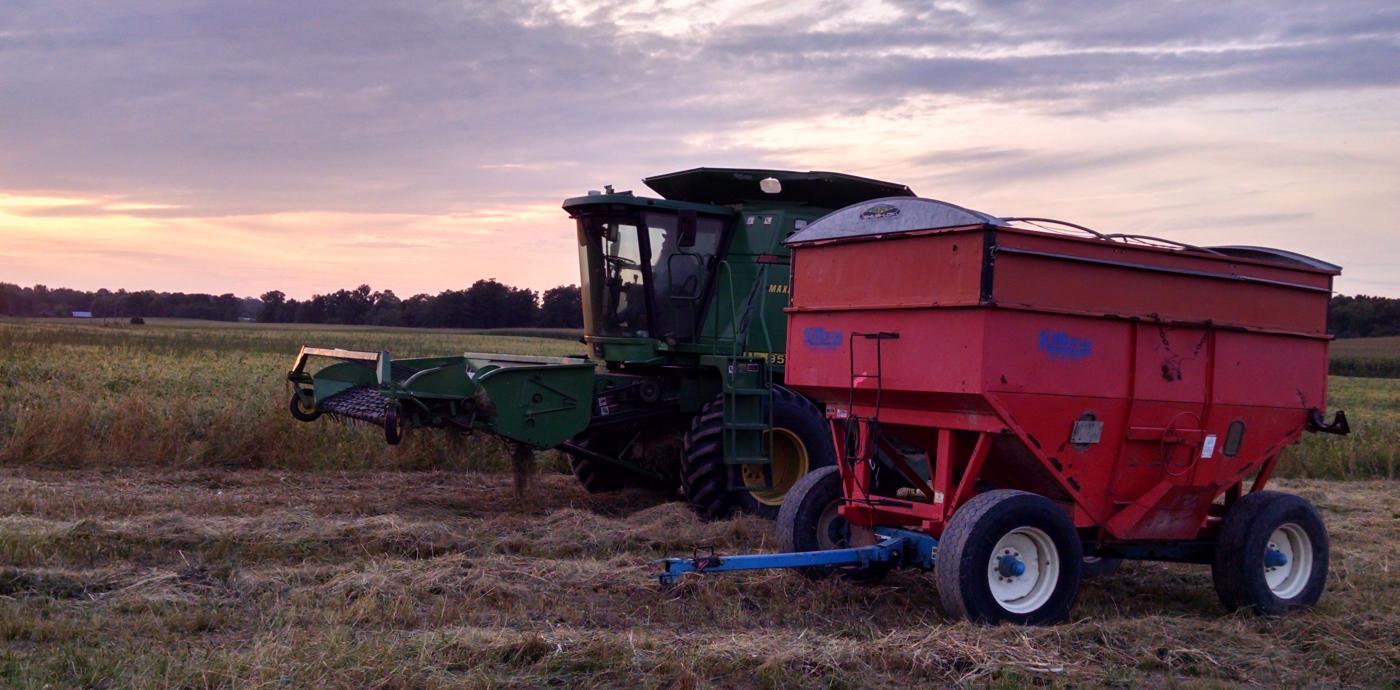
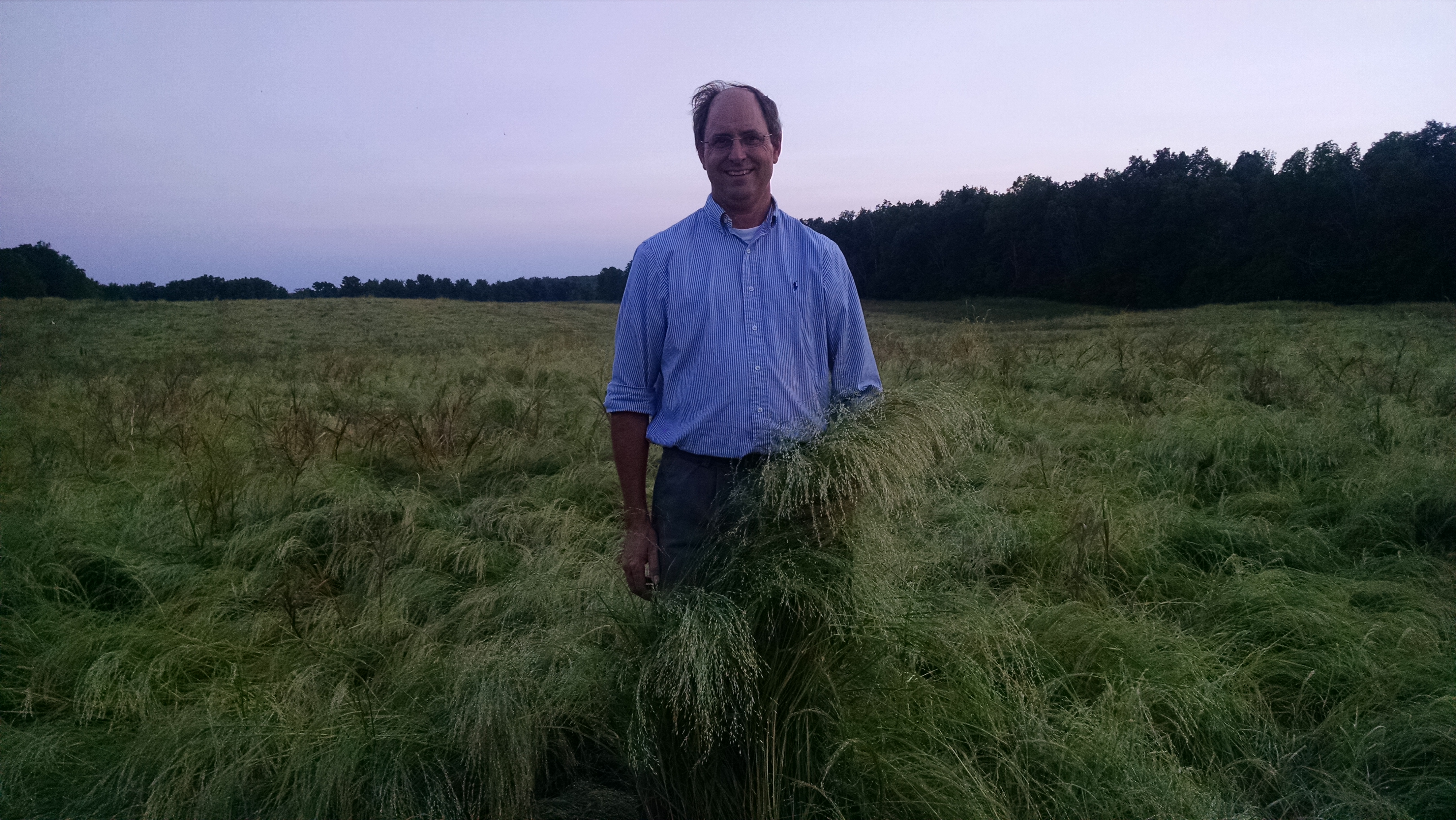
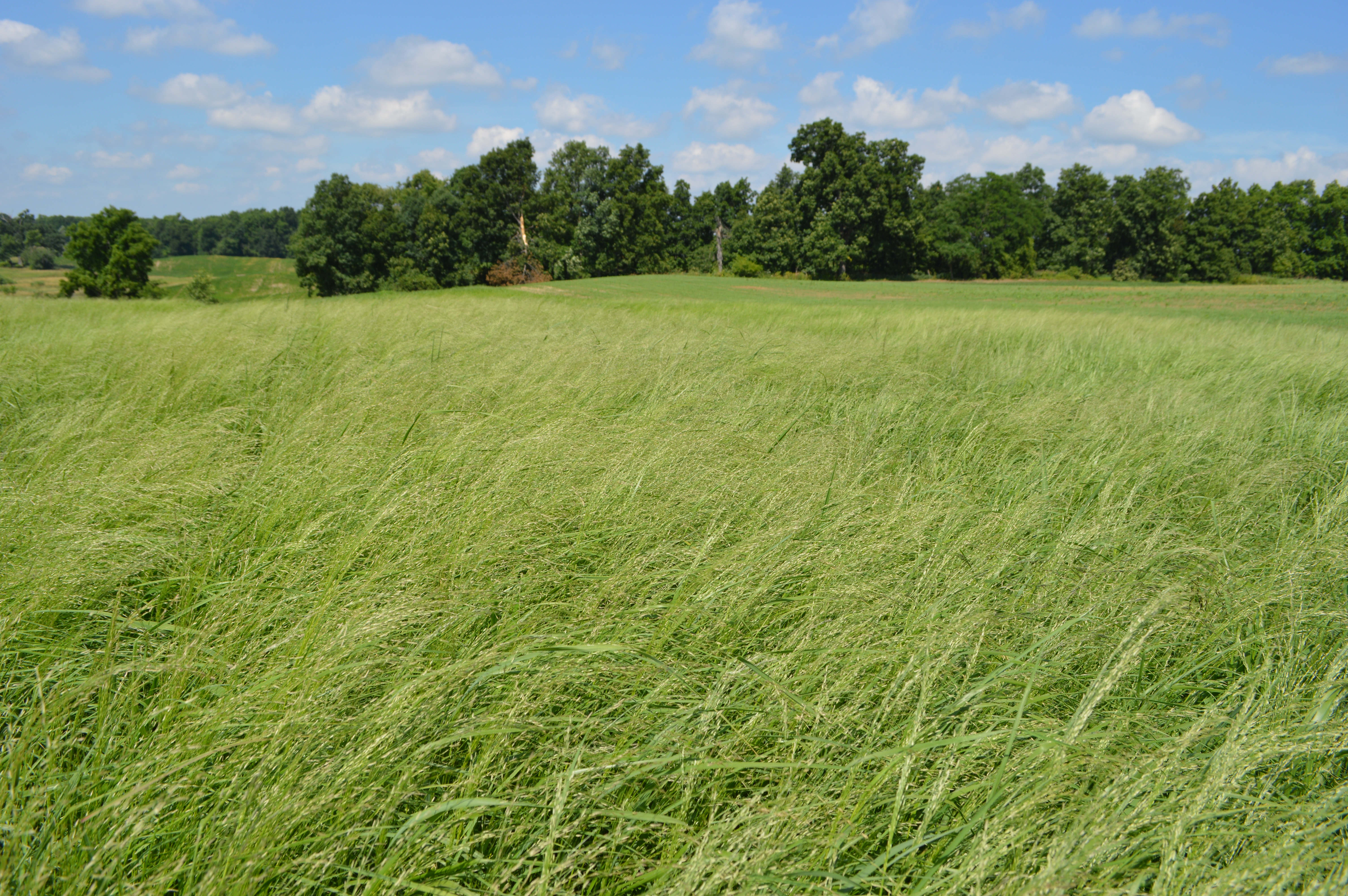
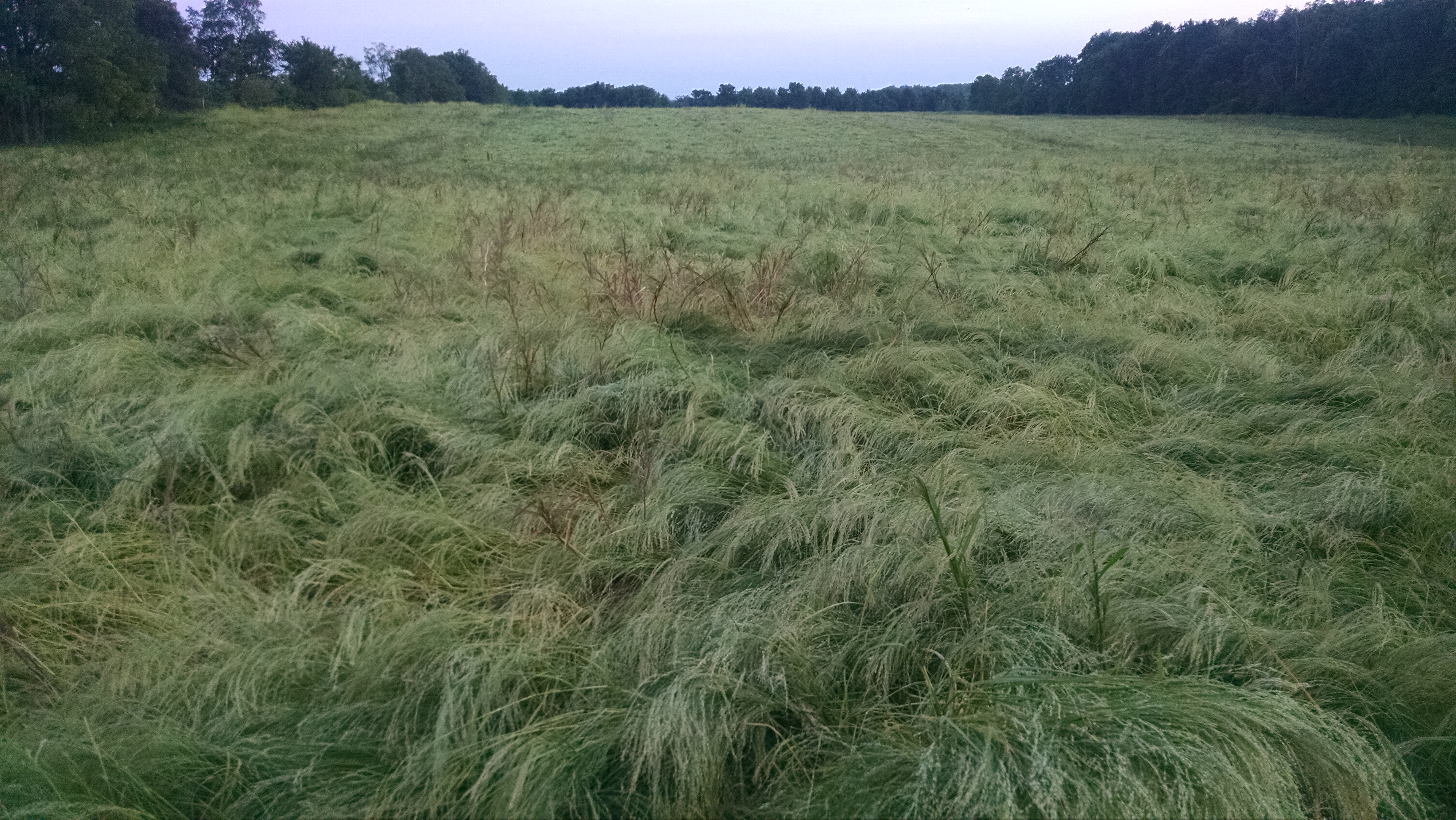
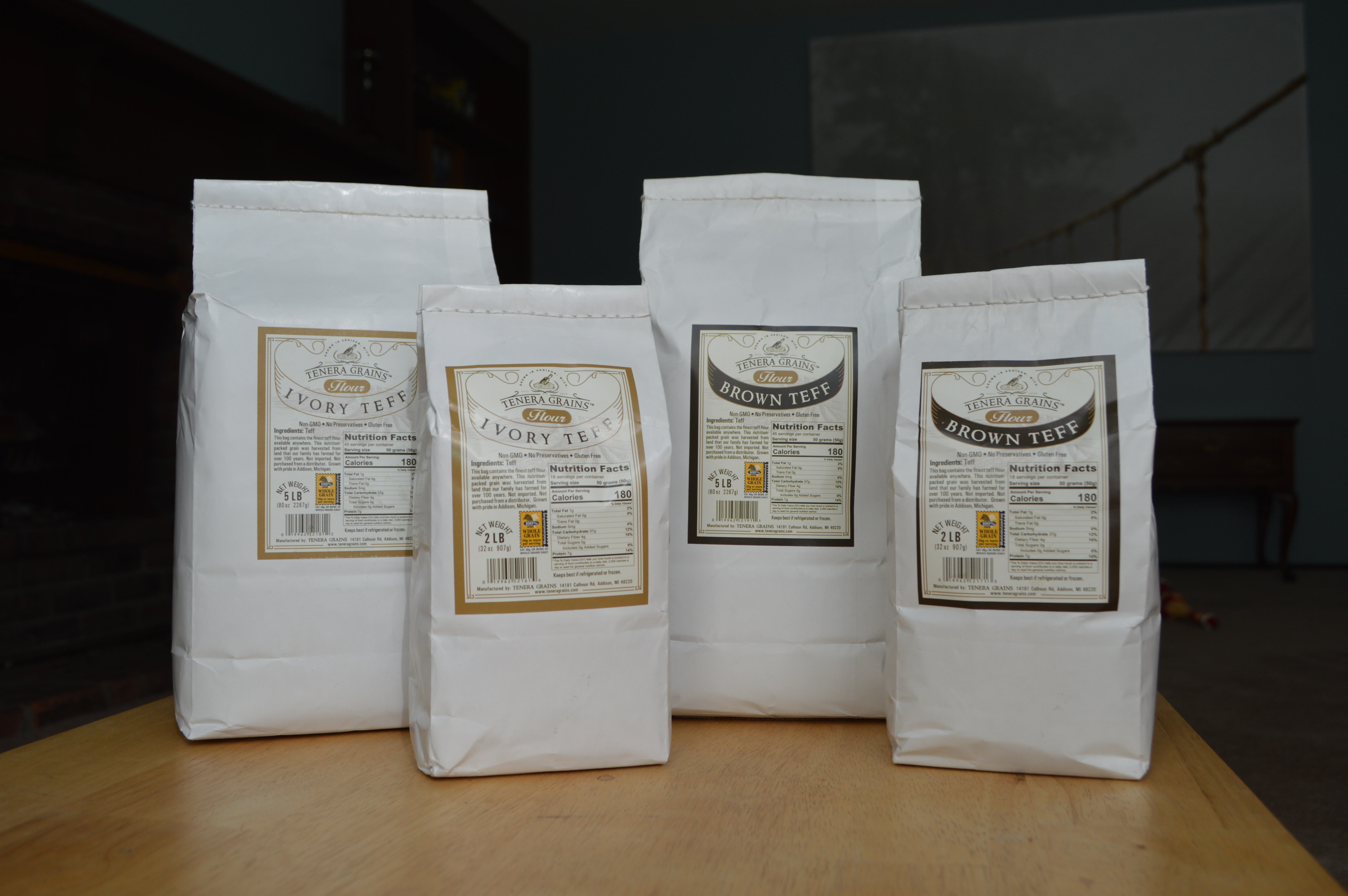
Comments
Add a Comment